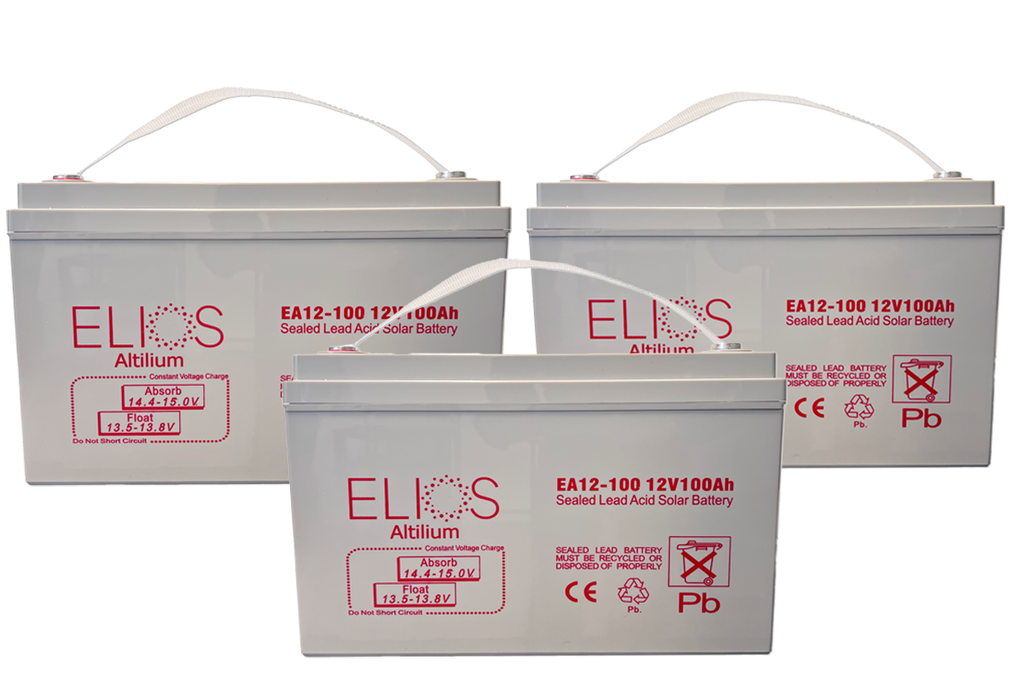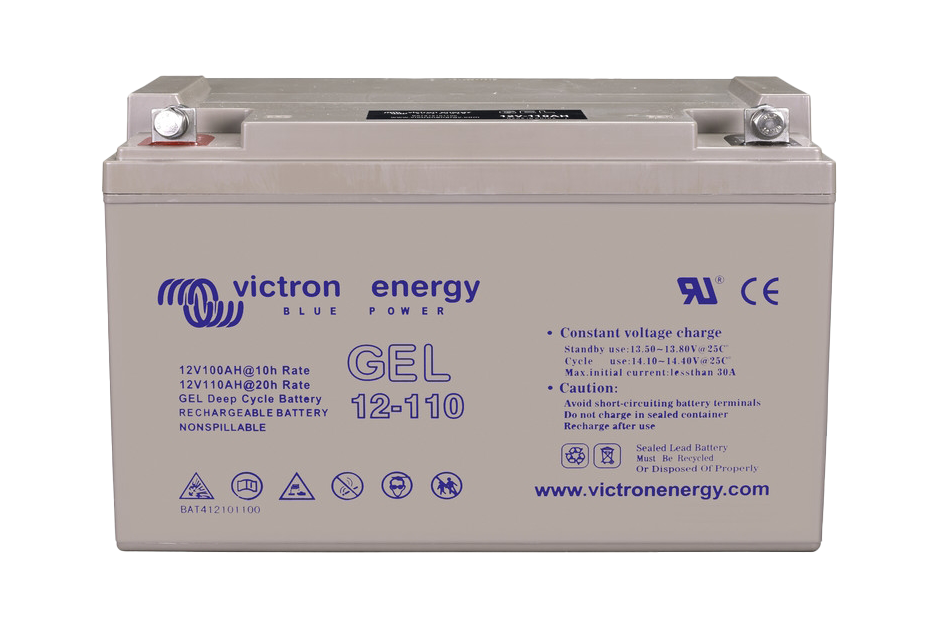A Guide to Lead-Acid Battery Maintenance
Publié par Tina Kassaeian le

Lead-acid batteries have been a staple in various industries for decades, powering everything from automobiles to backup power systems. Their robustness and reliability make them a popular choice, but like any piece of equipment, they require proper maintenance to ensure optimal performance and longevity.
In this comprehensive guide, we'll delve into the essential aspects of maintaining and caring for lead-acid batteries, offering valuable insights and practical tips for maximizing their lifespan and efficiency.
Understanding Lead-Acid Batteries
Before we delve into maintenance procedures, it's essential to grasp the fundamentals of lead-acid batteries. These batteries consist of lead plates submerged in an electrolyte solution of sulfuric acid and water.
During charging and discharging cycles, chemical reactions occur between the lead plates and electrolyte, producing electrical energy. Lead-acid batteries are available in various configurations, including flooded, gel, and AGM (absorbent glass mat), each with its unique characteristics and applications. For more information about lead acid batteries read our full guide here.

#1 Routine Inspection and Maintenance
Regular inspection is key to identifying potential issues before they escalate. Start by visually examining the lead acid battery for signs of damage, corrosion, or leakage. Check the terminals and connections for tightness and corrosion buildup, ensuring proper electrical conductivity.
It's also crucial to monitor electrolyte levels in flooded batteries and top them up with distilled water as needed. Additionally, inspect the battery casing for cracks or bulges, which may indicate internal damage or overheating.
#2 Charging Practices
Proper charging is critical for maintaining lead-acid battery health and performance. Overcharging or undercharging can lead to premature battery failure and reduced lifespan. Use a charger specifically designed for lead-acid batteries and follow manufacturer recommendations for charging voltage and current.
Avoid fast charging unless necessary, as it can generate excessive heat and damage the battery. Regularly check charging equipment for malfunctions or voltage irregularities that could affect battery health.

#3 Preventing Sulfation
Sulfation, the buildup of lead sulfate crystals on the battery plates, is a common cause of lead-acid battery failure. To prevent sulfation, ensure batteries are kept fully charged whenever possible, especially during storage or periods of inactivity.
If a battery becomes deeply discharged, promptly recharge it to prevent sulfation from occurring. Consider using desulfation techniques such as equalization charging or employing specialized additives to dissolve sulfate deposits and restore battery capacity.
#4 Temperature Management
Lead-acid batteries are sensitive to temperature extremes, with optimal performance typically achieved within a moderate temperature range. High temperatures can accelerate battery degradation and electrolyte evaporation, while freezing temperatures can reduce battery capacity and increase internal resistance.
Whenever possible, store batteries in a cool, dry environment away from direct sunlight and heat sources. In colder climates, consider insulating batteries or using heating elements to maintain operating temperatures.

#5 Safety Considerations
Safety should always be a top priority when handling lead-acid batteries. Wear appropriate protective gear, including gloves and eye protection, when inspecting or servicing batteries to prevent exposure to corrosive electrolyte or battery acid.
Exercise caution when working with charging equipment to avoid electrical shocks or short circuits. Properly dispose of old or damaged batteries following local regulations and guidelines to minimize environmental impact.
Best Choices for Lead Acid Batteries in 2024
With numerous brands available in the market, selecting the best lead-acid battery can be overwhelming. To assist in making an informed decision, our experts at Volts Energies have conducted a thorough examination and identified the top performers. Introducing the best options for lead-acid batteries in 2024:
Elios Lead Acid Batteries

Elios Lead Acid Batteries have garnered a reputation for their durability and consistent performance. Manufactured using high-quality materials and advanced production techniques, Elios batteries deliver reliable power across a wide range of applications.
Whether used in RV, marine, or renewable energy systems, Elios batteries exhibit low self-discharge rates and excellent cycle life, making them a preferred choice for discerning users. With proper maintenance, these Elios batteries offer long-term reliability and cost-effectiveness. Read More about Elios Altilium EA12-200 | Sealed Rechargeable Lead Acid Battery and Elios Altilium EA12-100 12V-100Ah.
Victron Energy Batteries
 Victron lead-acid batteries are synonymous with innovation and reliability. Engineered to withstand the rigors of demanding environments, Victron batteries excel in off-grid and backup power applications. Utilizing cutting-edge battery management technology, Victron batteries offer superior charging efficiency and deep cycle performance.
Victron lead-acid batteries are synonymous with innovation and reliability. Engineered to withstand the rigors of demanding environments, Victron batteries excel in off-grid and backup power applications. Utilizing cutting-edge battery management technology, Victron batteries offer superior charging efficiency and deep cycle performance.
Whether deployed in remote locations or critical infrastructure systems, Victron batteries provide dependable power when it's needed most. With a commitment to quality and sustainability, Victron remains a top choice for lead-acid battery solutions in 2024.
Conclusion
The mastery of lead-acid battery maintenance and care demands meticulous attention to detail and adherence to best practices. By integrating routine inspection, prudent charging strategies, and proactive preventive measures, you can enhance the longevity and performance of lead-acid batteries across various applications.
Upholding stringent safety standards ensures personnel welfare while minimizing environmental footprint. Embrace these principles, and lead-acid batteries will continue to power our world reliably and sustainably for years to come. Contact us if you need any further assistance.
Partager ce message
← Message plus ancien Message plus récent →
